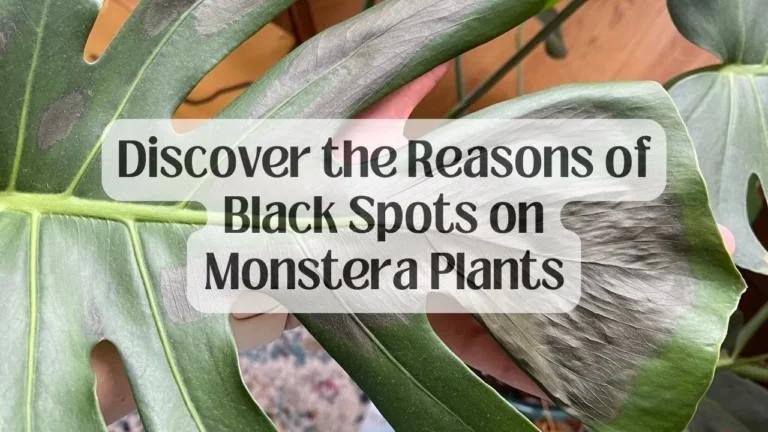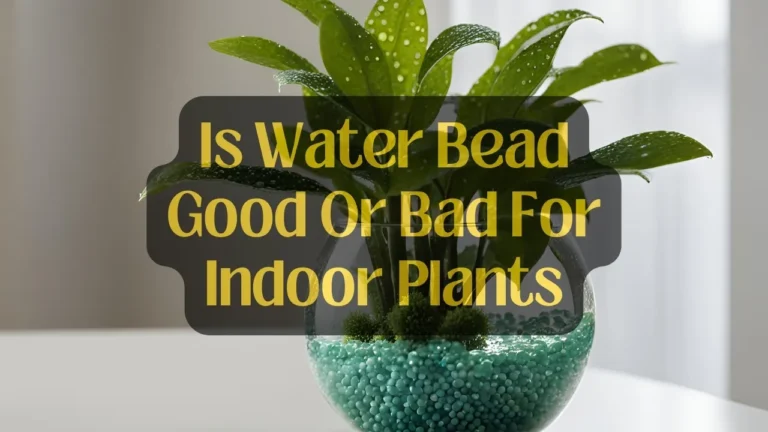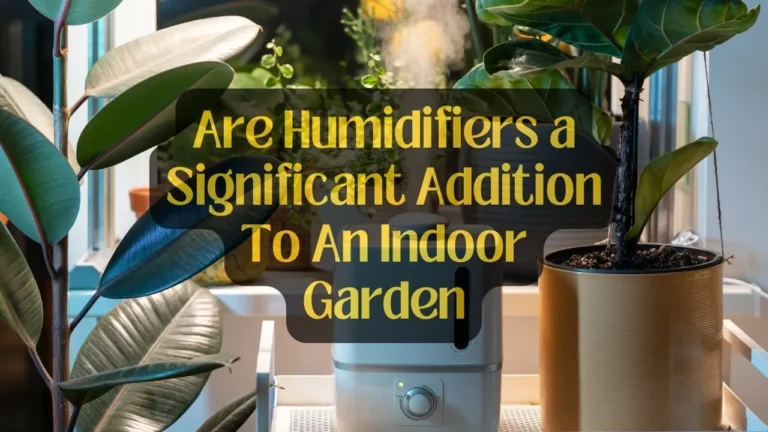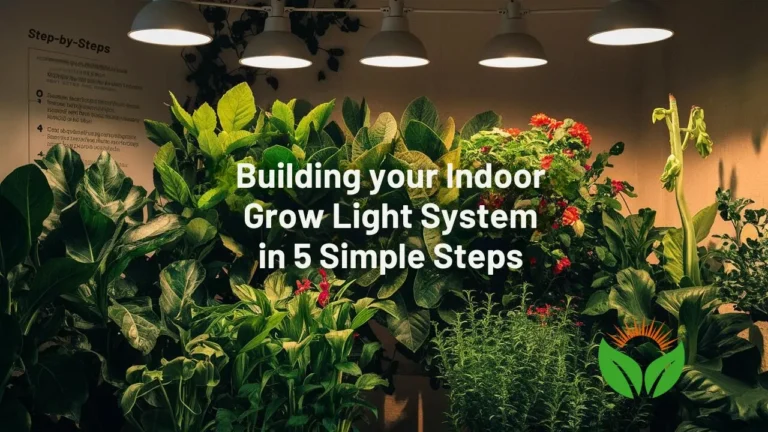5 Reasons Why Your Seedlings Are Turning Yellow (Including Natural Remedies)
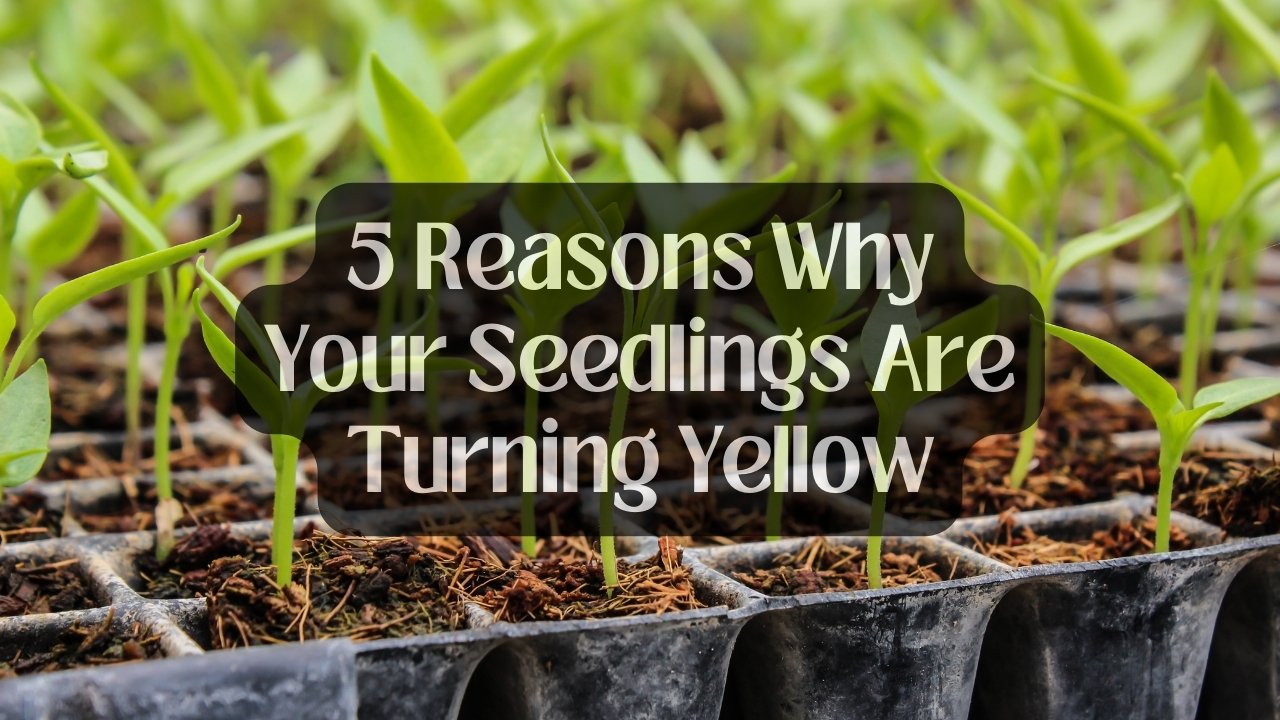
Seeing your happy seedlings turn yellow can be a bummer! But those yellow leaves are like a tiny warning sign from your plants, letting you know something is wrong.
But why seedlings are turning yellow? Seedlings turn yellow due to root damage from overwatering, nutrient deficiencies like lack of nitrogen, inadequate light, improper soil pH, pests/diseases, or environmental stresses.
Let’s get to know all the reasons in depth. Plus, how to resolve all these problems. Just keep on reading!
Table of Contents
Know How These 5 Reasons Cause Yellow Seedlings
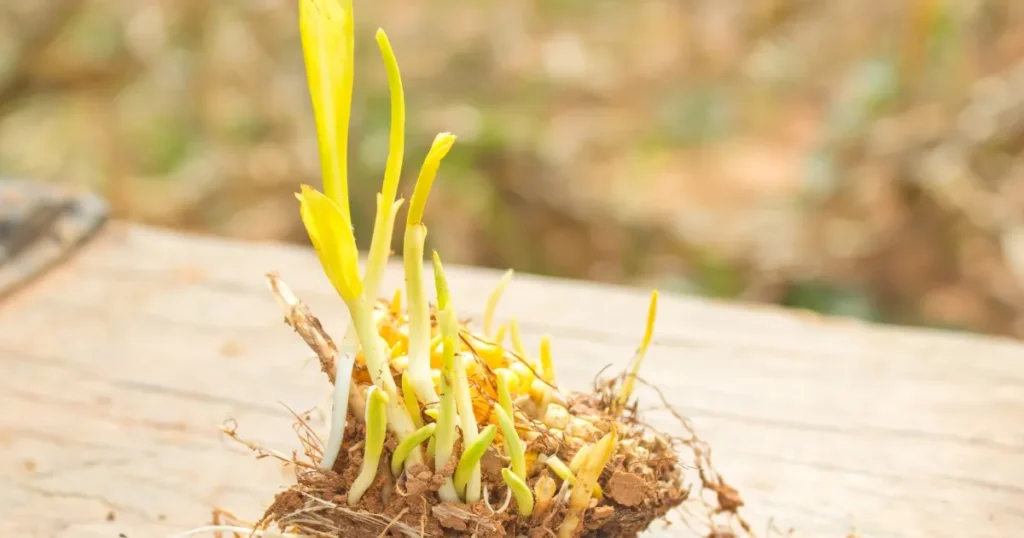
Yellowing seedlings are a cause for concern, but fear not! There are several reasons why this happens, and with a closer look, you can identify the culprit and get your young plants back on track.
Don’t be fooled by the most common suspects – nutrient deficiencies and light issues. While these can certainly cause yellowing, diseases, and environmental stress can also play a role.
Let’s take a look at all the reasons for yellow seedlings.
Root Damage
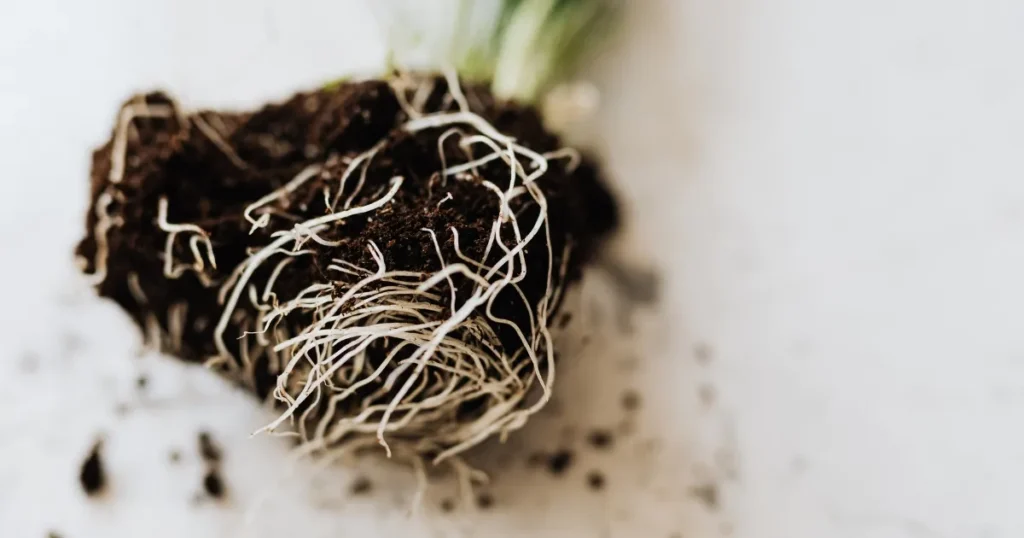
One of the most common reasons for yellowing seedlings is root damage caused by overwatering or soggy soil conditions. Just like us, plants need to breathe, and waterlogged roots can lead to a lack of oxygen, ultimately causing the leaves to turn yellow.
To prevent root damage, it’s essential to strike the right balance when watering your seedlings. Allow the soil to partially dry out between waterings, and ensure proper drainage to avoid waterlogged conditions. Additionally, consider incorporating well-draining materials like perlite or vermiculite into your potting mix to improve aeration.
Nutritional Deficiency

Imagine a plant as a flourishing city, with nutrients acting as the essential resources that keep it thriving. When certain nutrients, like nitrogen, become scarce, the city’s residents (the leaves) start to show signs of distress – in this case, yellowing.
To address this issue, supplement your seedlings with a balanced, water-soluble fertilizer formulated for their specific needs. Remember, too much of a good thing can be harmful, so always follow the recommended dosage on the fertilizer label.
Lack of Adequate Light
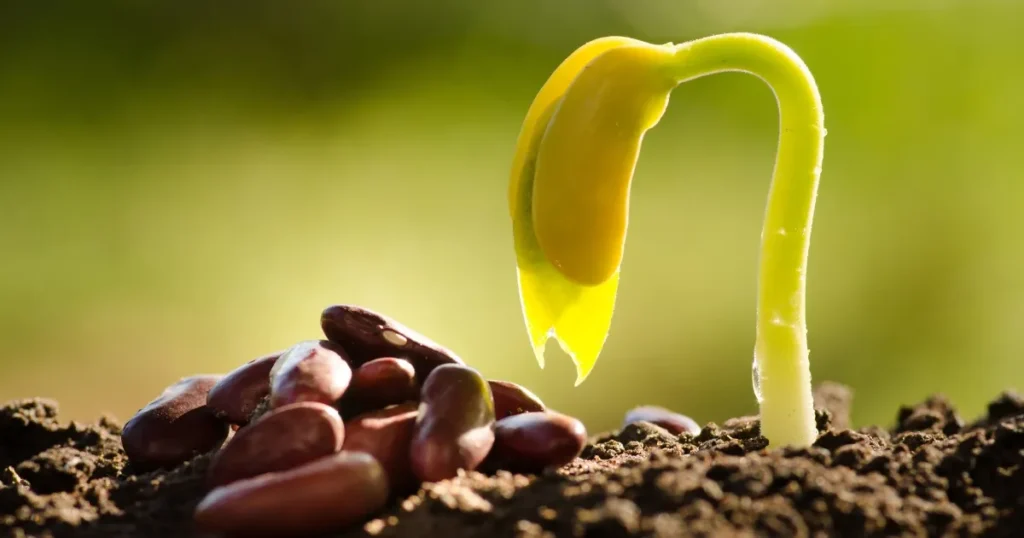
Just as humans need sunlight for vitamin D, plants rely on light to carry out the miraculous process of photosynthesis. Without adequate light, seedlings become weak and develop yellowing leaves as they struggle to produce the energy they need to thrive.
Ensure your seedlings receive the recommended amount of light for their species, whether from natural sunlight or grow lights. If using grow lights, position them at the appropriate distance from the plants and provide the recommended duration of light exposure.
Soil pH Matters
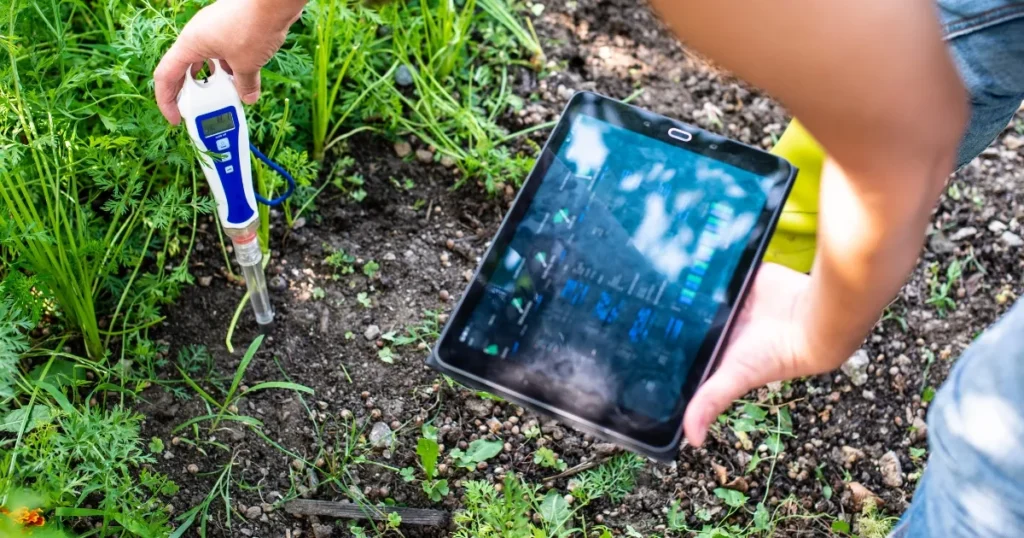
Plant nutrients are like essential vitamins, and just like us, plants need them in the right amounts for optimal health. Soil pH acts as a gatekeeper, controlling how these nutrients are absorbed.
If the pH is too high (alkaline) or too low (acidic), some nutrients become unavailable, leading to deficiencies. This can manifest as yellowing leaves, stunted growth, or decreased yields.
Fortunately, we can adjust soil pH to create an ideal environment for specific plants. Amendments like limestone raise pH for more alkaline-loving plants, while sulfur can lower pH for those that prefer acidic conditions.
Regular soil testing is crucial for maintaining optimal nutrient availability and promoting healthy plant growth.
Environmental Stress
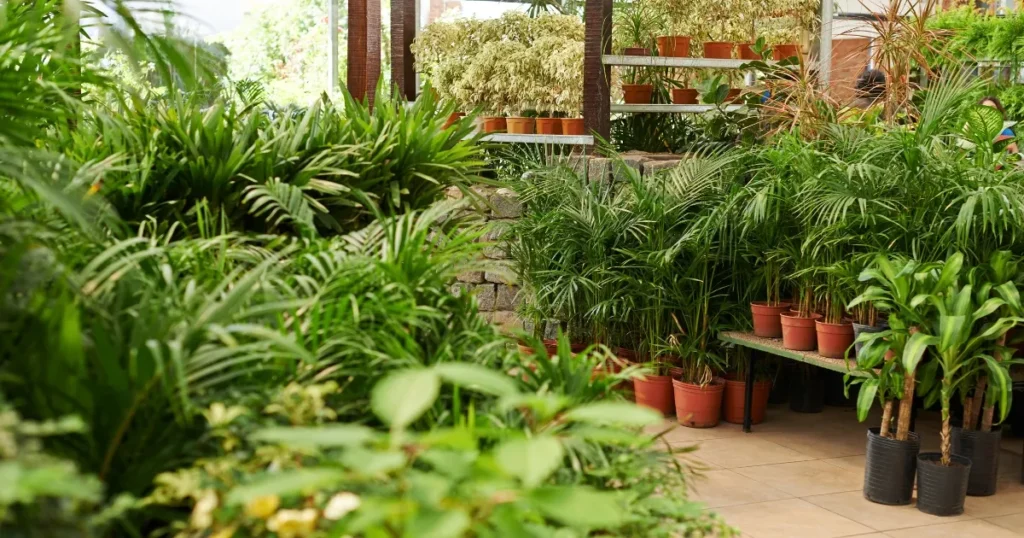
Even in the absence of pests or diseases, environmental factors like temperature extremes, drought, or poor-quality seeds or transplants can contribute to yellowing seedlings. These stressors can test the resilience of your plants, causing them to display symptoms of distress.
To mitigate these challenges, choose high-quality seeds or transplants from reputable sources, and acclimate your seedlings gradually to outdoor conditions. Ensure they receive adequate water and protection from extreme temperatures or harsh weather conditions.
To learn what to do in such a situation, the following YouTube video will help you.
Are Pests or Diseases Lurking in the Shadows?
While nutrient deficiencies and environmental factors are common causes of yellowing seedlings, pest and disease infestations should not be overlooked. These invaders can significantly impact plant health, leading to yellowing leaves and stunted growth. Signs of feeding damage include chewed leaves or discolored spots.
Additionally, be vigilant for symptoms of disease, such as wilting, lesions, or atypical growth patterns.
Looking to fight pests and diseases without harsh chemicals? There are plenty of natural ways to win the war in your garden!
Neem oil
This comes from the neem tree and is like bug kryptonite! Mix it with water following the instructions and spray it on your plants to get rid of aphids, whiteflies, and a bunch of other creepy crawlies.
Insecticidal soap
Made from natural stuff, this soap is great for taking care of soft-bodied bugs like mealybugs and scales. It’s strong on them but gentle on your plants.
Diatomaceous earth
This funny-named powder is made from tiny fossils and is bad news for slugs and snails. Just sprinkle a thin layer around your plants and watch those pests disappear!
Beneficial bugs
Ladybugs and lacewings love to eat the bad bugs in your garden. They’re like tiny superheroes! Attract them by planting flowers they like.
Crop rotation
Planting different things in the same spot each year confuses pests and diseases. It throws them off their game and keeps your garden healthy.
FAQs
Need some info? The FAQs below have all you need to know!
Q: How do I know if my seedlings are getting enough light?
Seedlings that are not receiving adequate light will often become leggy and stretched out, with long, thin stems and smaller leaves.
To ensure your seedlings are getting enough light, place them near a sunny window or use grow lights positioned a few inches above the seedlings for 12-16 hours per day.
Q: Can transplanting shock cause seedlings to turn yellow?
Yes, transplanting seedlings can cause stress and shock, which may lead to yellowing leaves. This is often temporary as the seedlings adjust to their new environment.
To minimize transplant shock, handle seedlings gently, water them well before and after transplanting, and provide them with partial shade for a few days until they recover.
Conclusion
Seedlings turning yellow? Don’t panic – think of it as a little test from Mother Nature. By figuring out what’s wrong, you can get your little guys back on track.
Gardening is all about learning, and even yellow seedlings can teach you something! Use these tips to turn your sad sprouts into strong, happy plants.
With a little care and patience, you’ll see them turn a healthy green and be ready to grow big and beautiful. Just remember, every gardener faces challenges, but that’s how you become a pro!

